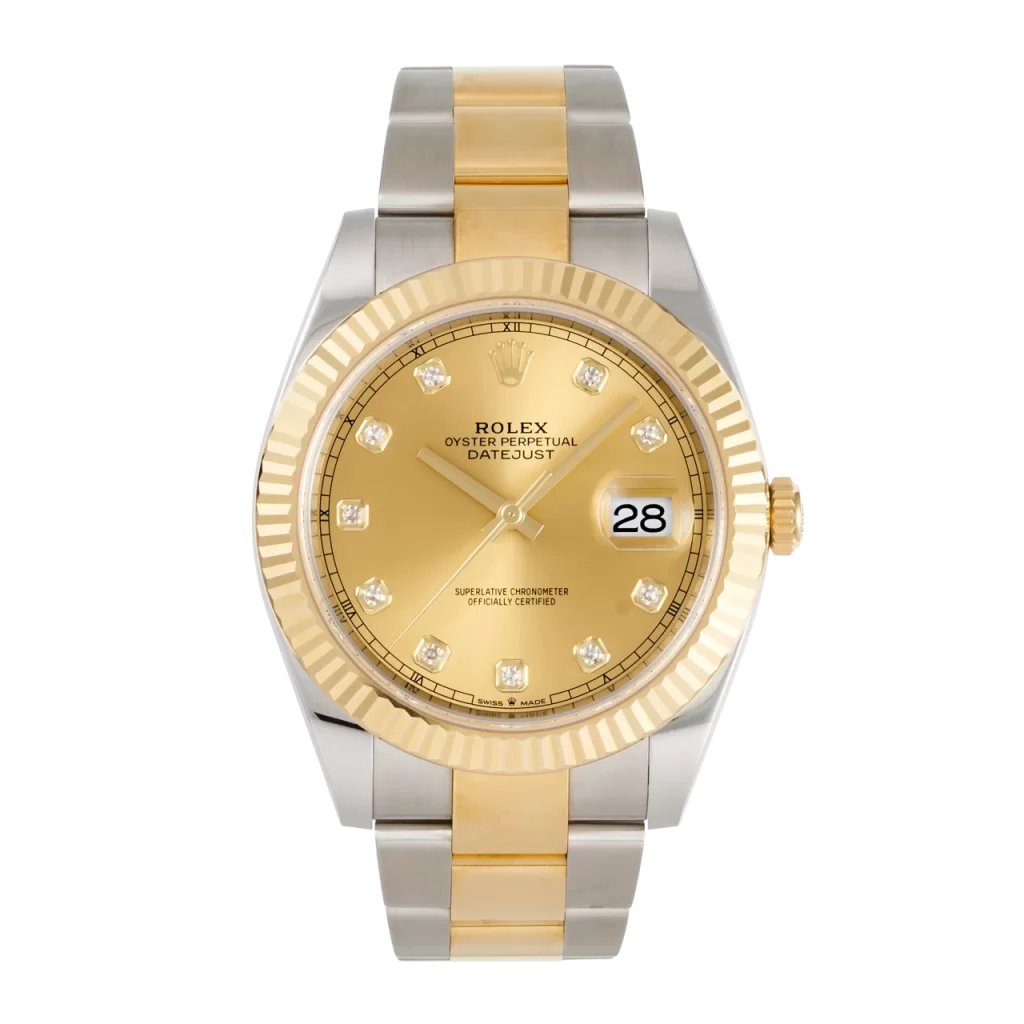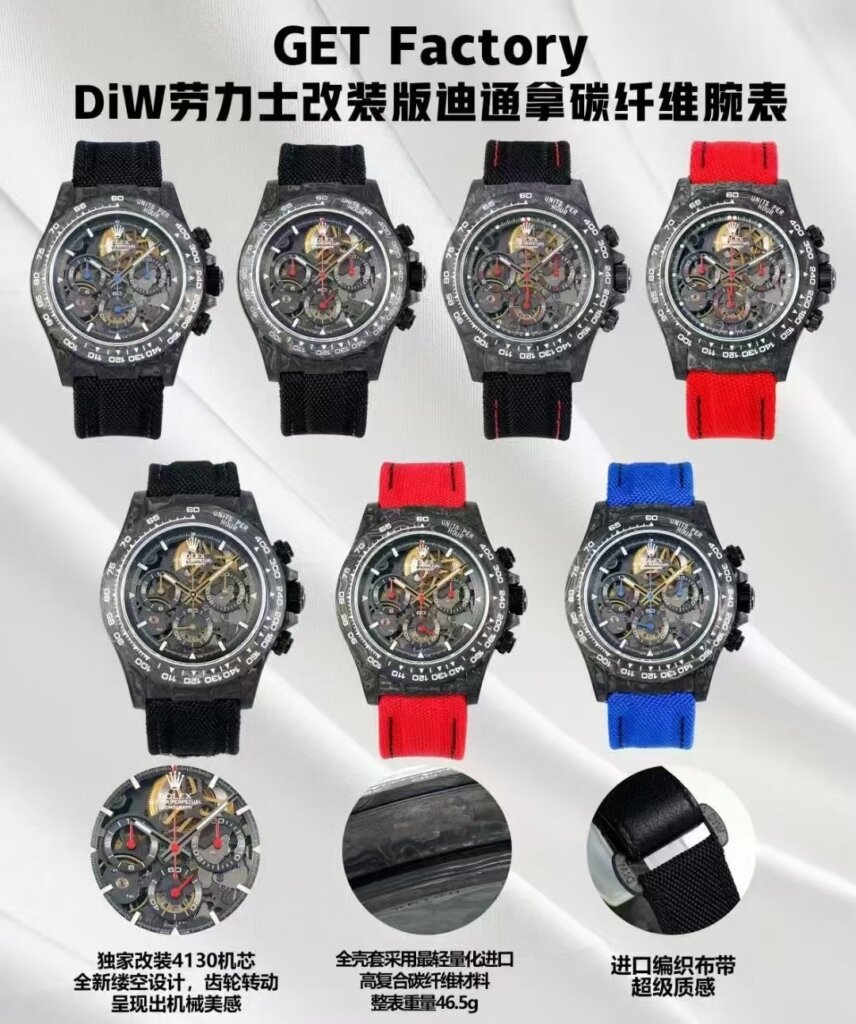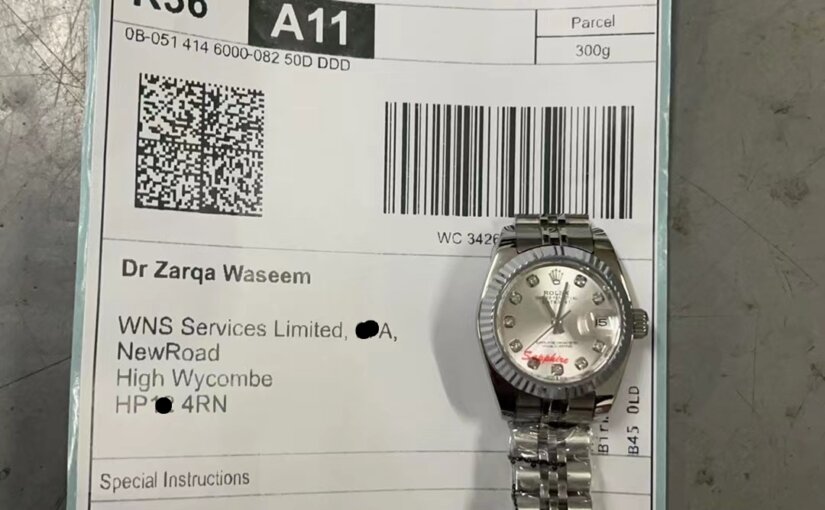The Rolex Datejust, first introduced in 1945, has stood the test of time as one of the most iconic luxury watches in history. Over its 80-year journey, the Datejust has evolved in design, mechanics, and cultural significance, proving its resilience through industry shifts and changing tastes. From the quartz crisis of the 1970s to the bold aesthetics of the 1980s, Rolex refined the Datejust without compromising its core identity – precision, durability, and timeless elegance. This guide explores key milestones that cemented its legacy as a watch for all eras.

When the quartz revolution threatened mechanical watchmaking, Rolex responded by fine-tuning the Datejust’s movement, ensuring it remained competitive. Instead of abandoning traditional craftsmanship, the brand doubled down on mechanical excellence, reinforcing the Datejust’s reputation as a reliable luxury watch. Aesthetic updates included the introduction of “Wide Boy” dials with chunky hour markers and the rise of two-tone Rolesor (steel and gold) models, which became instant classics. Today, vintage 1970s Datejusts in steel typically sell for $4,000-$7,000, while rare dial configurations or gold versions can fetch significantly higher prices. Replica Rolex’s commitment to mechanical movements during this era proved that true luxury could not be replaced by battery-powered alternatives.
The 1980s brought pivotal upgrades that made the Datejust even more user-friendly and durable. The introduction of the quickset date function allowed wearers to adjust the date independently – no more endlessly rotating the hour hand. Additionally, sapphire crystals replaced acrylic, offering superior scratch resistance for everyday wear. Culturally, the Datejust became a symbol of success, frequently seen on the wrists of business leaders, celebrities, and even fictional icons like Gordon Gekko. Two-tone steel-and-gold models were particularly coveted, embodying the decade’s bold, aspirational style. Today, 1980s Datejusts in steel start around $4,000-$7,000, while pristine two-tone or rare variants can exceed $10,000. These innovations ensured the Datejust remained not just a replica watch, but a cultural statement.

In recent decades, the Datejust has continued to evolve with new materials, sizes, and movements, including the Caliber 3235 with a 70-hour power reserve. The Oysterflex bracelet, Everose gold, and diamond-set dials have expanded its appeal, while classic configurations remain in demand. Vintage Datejusts, especially from the 1970s and 1980s, are increasingly sought after by collectors, with prices steadily rising. Limited editions and discontinued references – such as the “Stella” lacquer dials – command premium prices at auctions. Whether as an investment or a daily wearer, the Datejust’s enduring design ensures it remains a cornerstone of any watch collection.

The Rolex Datejust’s 80-year history is a testament to adaptability without compromise. From surviving the quartz crisis to becoming a pop culture staple, it has consistently balanced innovation with tradition. Its versatility – equally at home in a boardroom or on a weekend getaway – makes it one of the most recognizable and respected watches ever made. As vintage models appreciate and new iterations push boundaries, the Datejust remains not just a watch, but a legacy. For collectors and enthusiasts, owning a Datejust means owning a piece of horological history.
